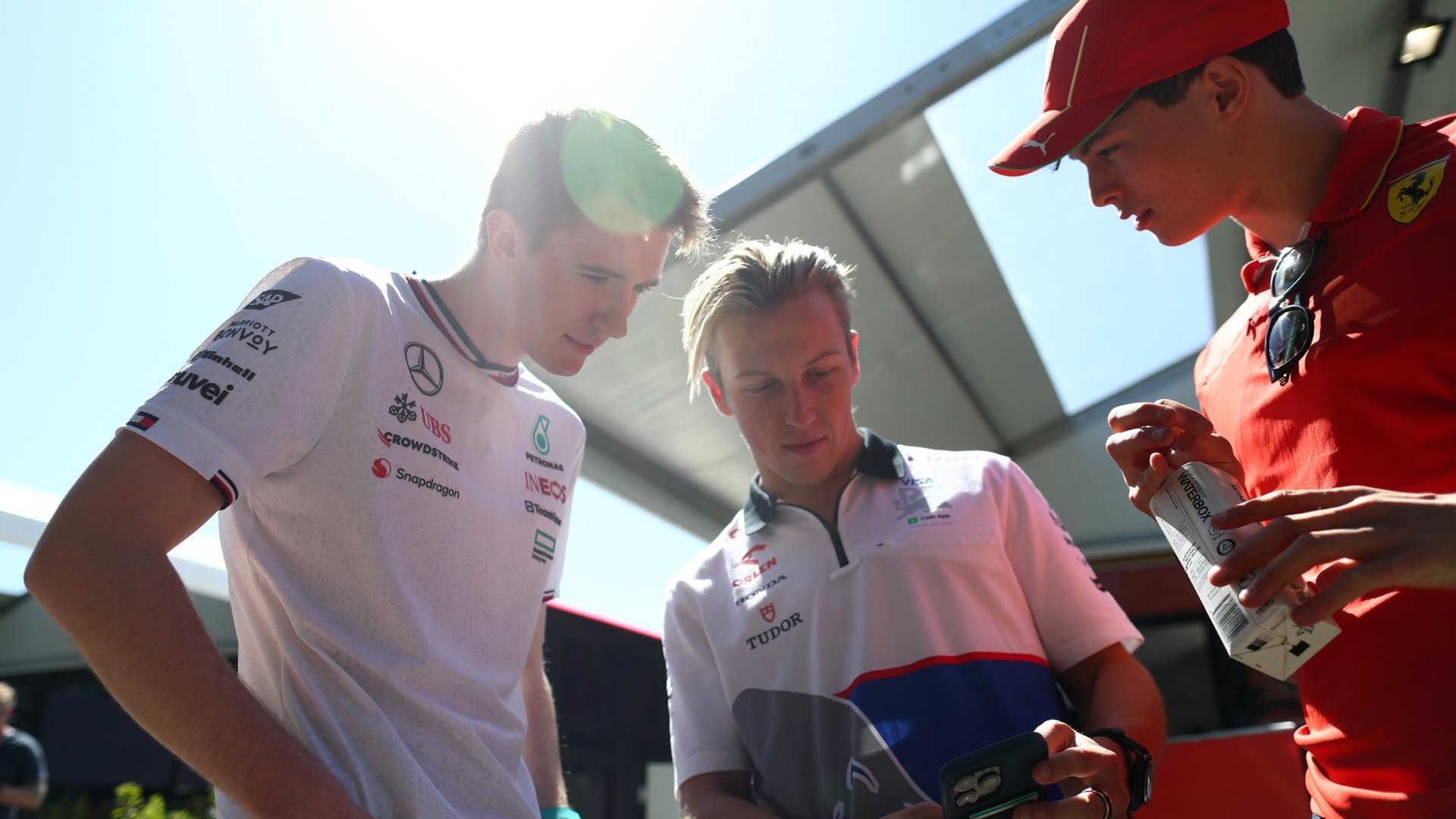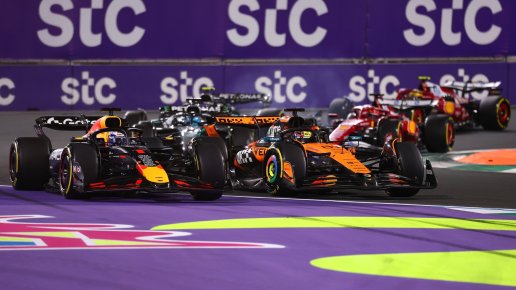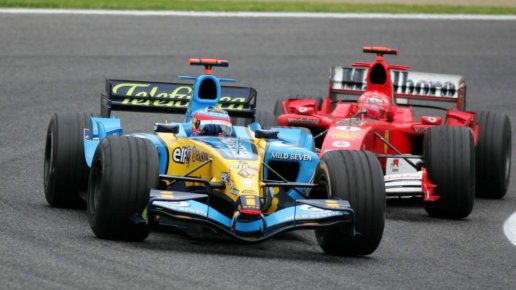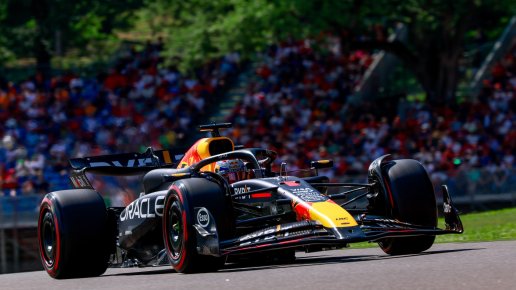
Photo: Getty Images / Red Bull Content Pool
Is it good that F1 teams start betting more on young drivers?

F1 teams are starting to put their faith more in young drivers, lowering the grid’s average age to 26.5 years. But is this the right decision, given the noticeable gap in experienced drivers aged 30 to 36?
F1 & MotoGP news to your inbox every day.
Formula 1 has always been about speed, talent, and ambition, however, over the last few years years, we’ve seen a clear trend: teams are increasingly favoring younger drivers.
At the moment, the average age of the grid F1 grid is just 26.5 years, showing how much teams are focusing on youth. While this makes the sport exciting, it also raises questions about the lack of older, more experienced drivers, especially those aged 30 to 36, who were once considered to be in their prime.
In recent years, young stars like Max Verstappen, Charles Leclerc, Lando Norris, George Russell or Oscar Piastri have shown that even teenagers can thrive in F1. Their success has encouraged teams to look for the next big talent earlier than ever before. Many teams now invest heavily in junior driver programs and are quick to promote promising talents to the main stage.
Apart from talent, money and marketing play a big role in this shift. Young drivers often cost less than older and experienced ones, freeing up money for teams to improve their cars. At the same time, young drivers appeal to sponsors and help attract a younger audience, which is important in today’s digital age.
But while this focus on youth has its benefits, it has also created an unusual gap. Drivers aged 30 to 36, who are usually at their best during this time, are missing from the grid. This is surprising because this age group has historically produced some of the best drivers, like Lewis Hamilton or Fernando Alonso.
So, why is this middle generation missing? There are a few reasons.
First, F1 is more intense than ever, and some drivers retire early or move to other racing series because of the pressure.
Second, as young drivers take over, older ones lose opportunities unless they consistently deliver top results.
Third, drivers in their 30s often find themselves in secondary roles, as seen with someone like Sergio Perez during his years at Red Bull, which makes them less attractive to teams looking for future stars.
This raises an important question: does experience still matter in Formula 1? Young drivers bring energy and adaptability, but experienced drivers offer something just as valuable—calmness under pressure, smart decision-making, and the ability to help teams improve their cars. These qualities are especially important during title battles, where strategy and consistency can make the difference.
However, with modern technology and data, young drivers are learning faster than ever. This might make teams feel they don’t need to rely as much on experienced drivers. Instead, they focus on building up new talents who can adapt quickly to the demands of the sport.
For F1 to remain exciting and competitive, it’s important to have a balance between young and experienced drivers. A good mix brings the energy of youth together with the knowledge and leadership of veterans.
While betting on young drivers is exciting for fans, the lack of a middle generation could become a problem in the future. Without experienced drivers to lead teams and guide younger ones, it might be harder for teams to develop and improve over time.







